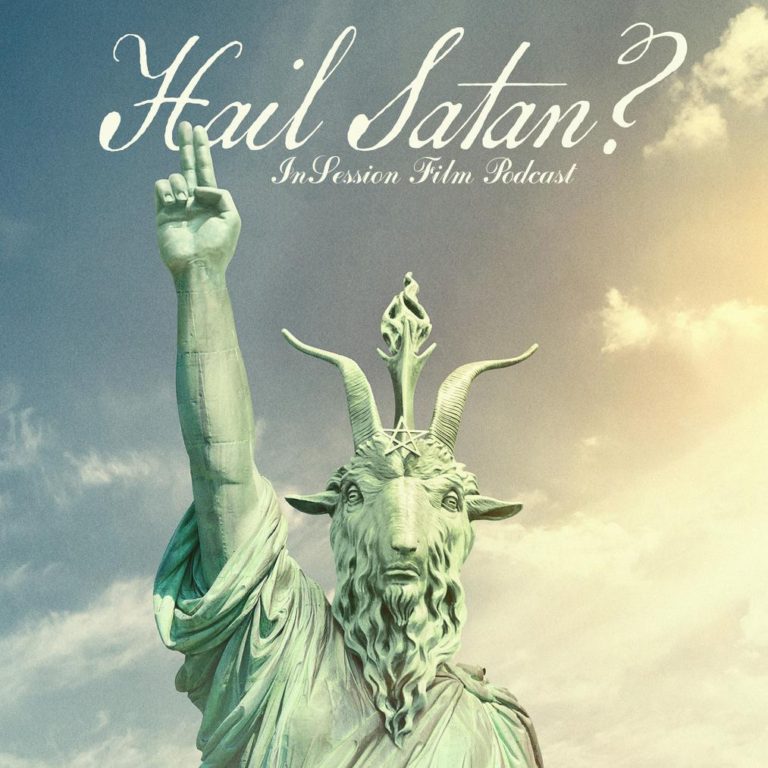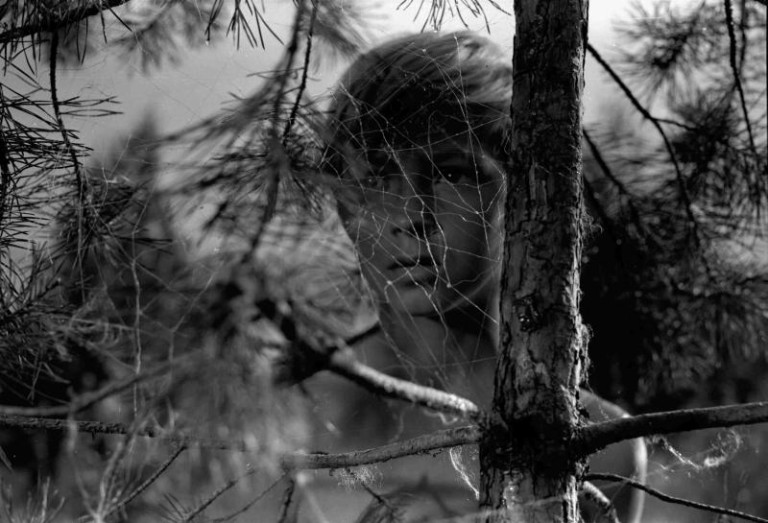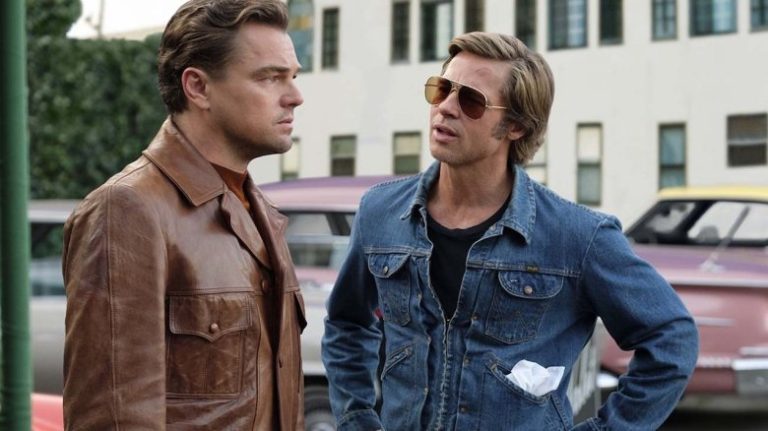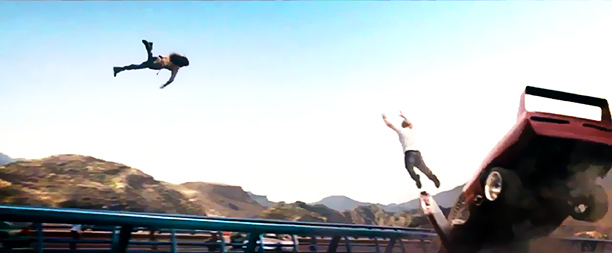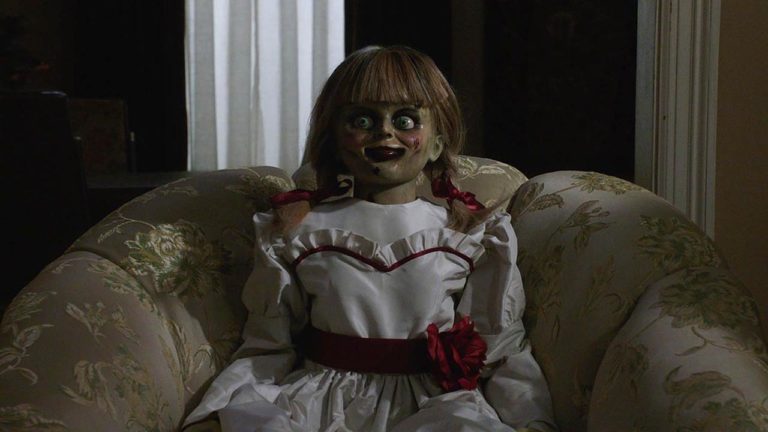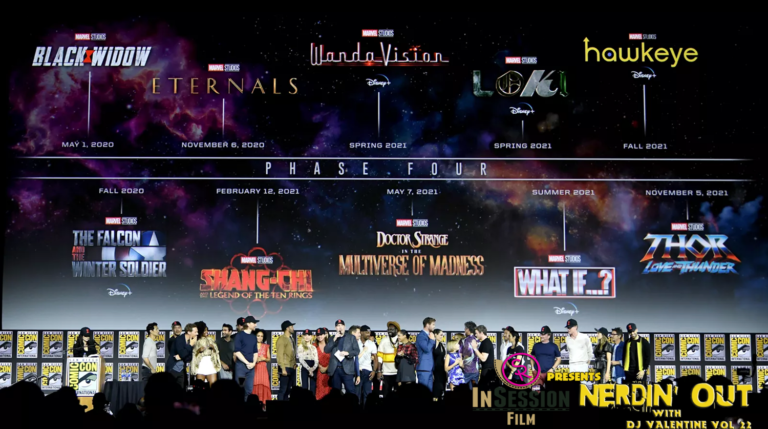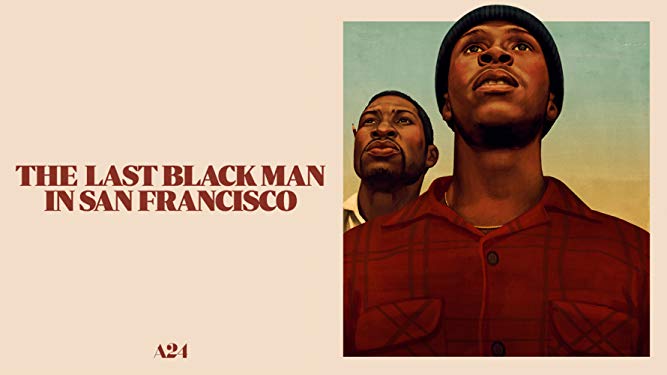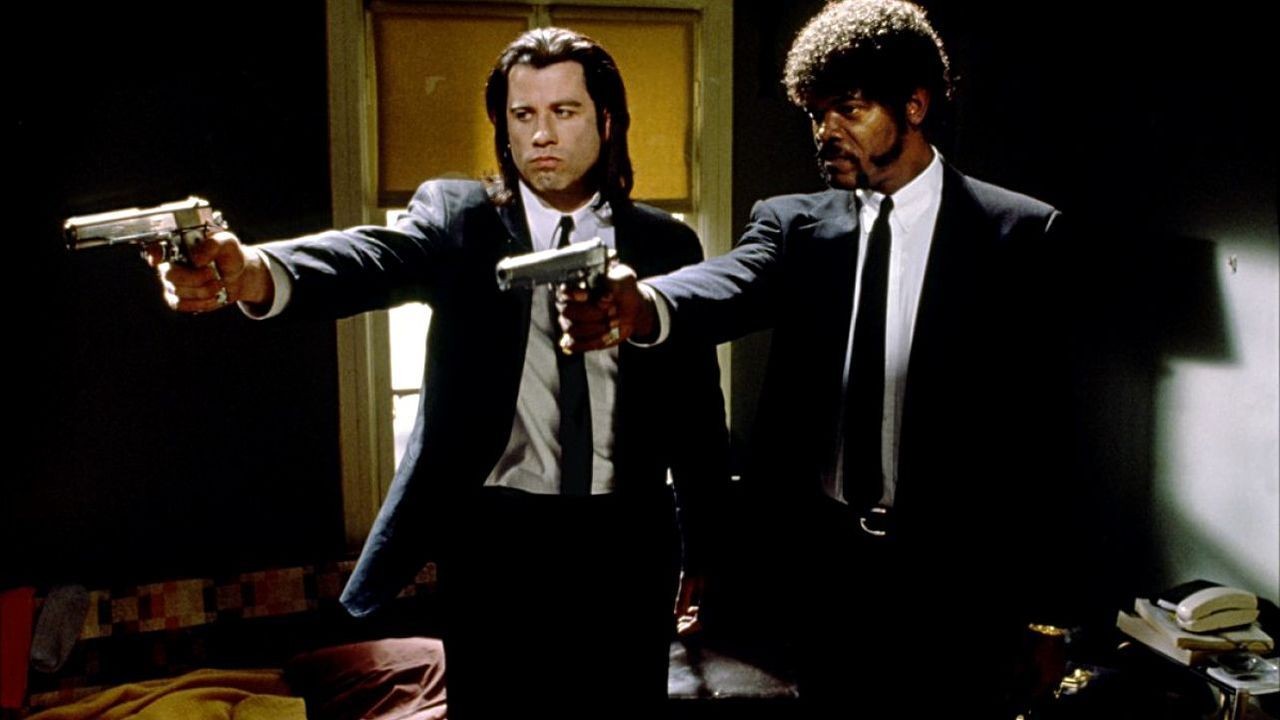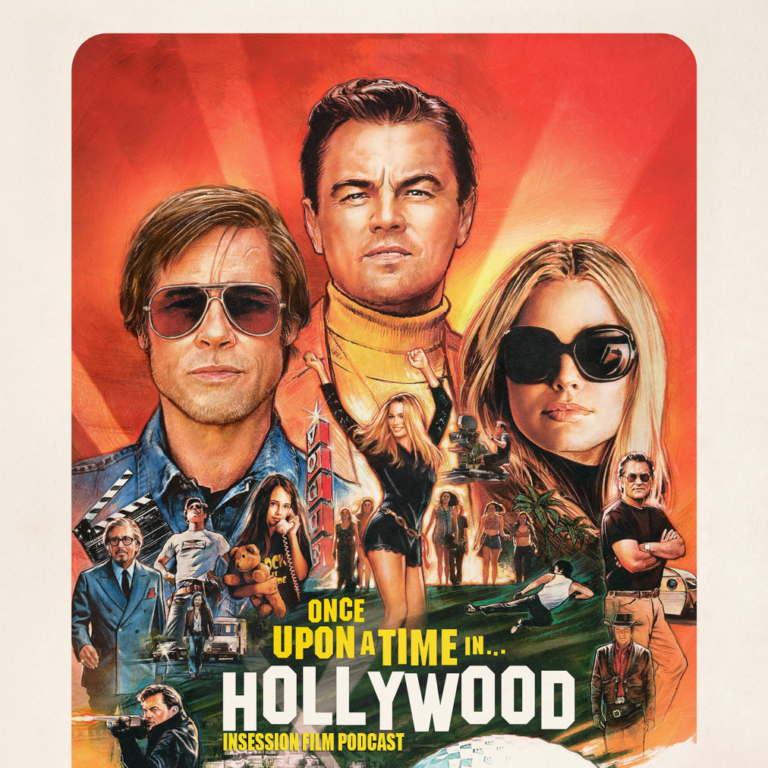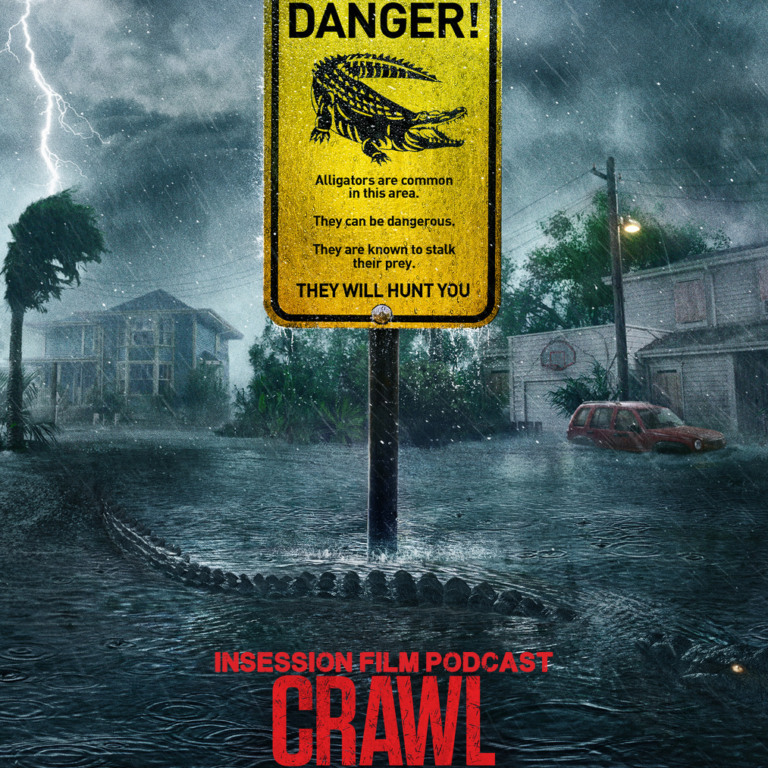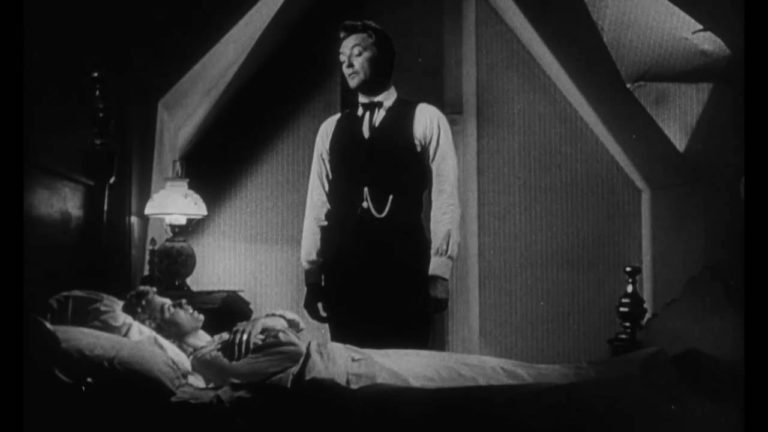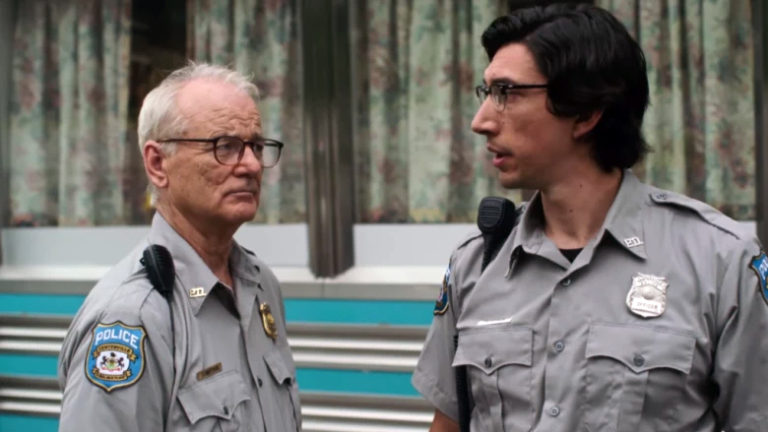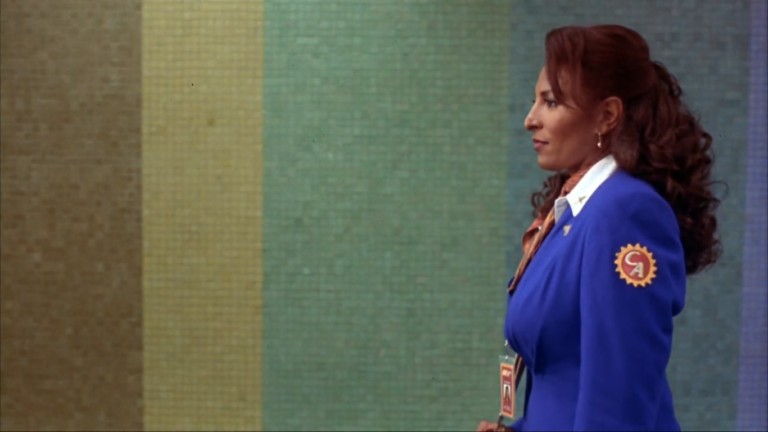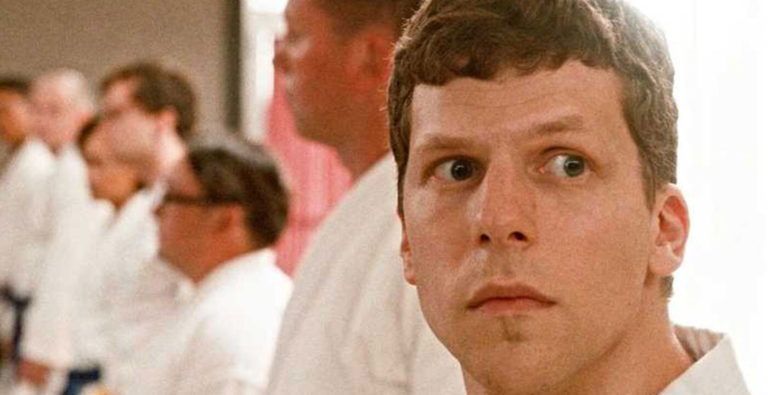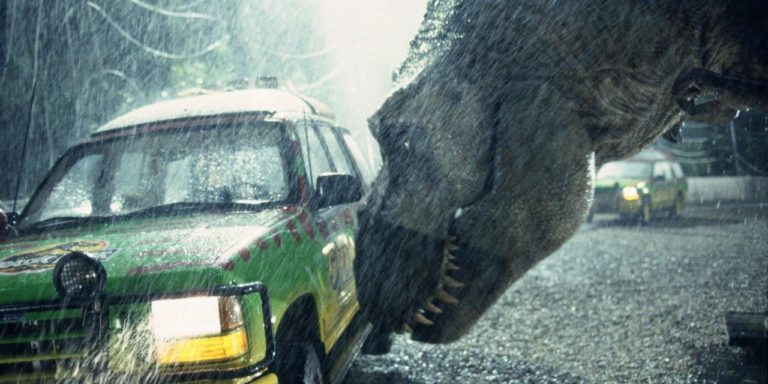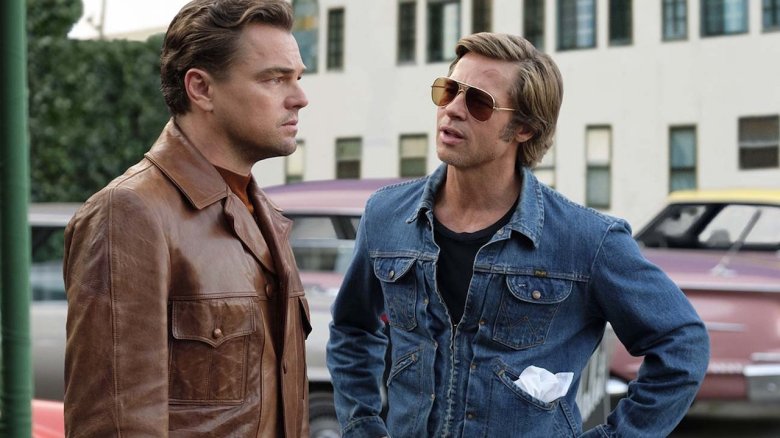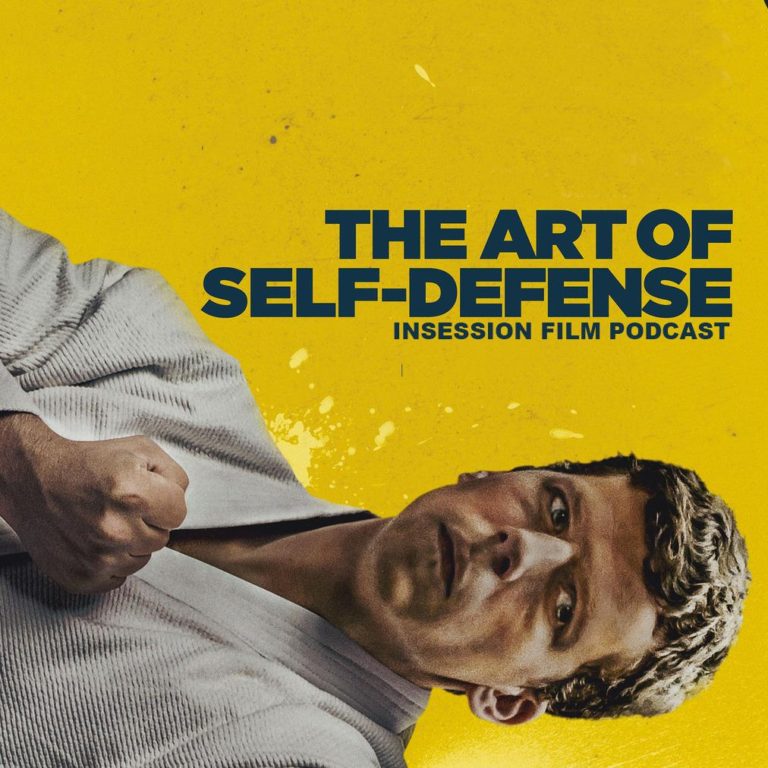This week on the InSession Film Podcast: Extra Film segment, Ryan and Jay dive into two new 2019 releases from earlier in the year that are now on Video On Demand with the religious documentary, Hail Satan and the indie drama, Little Woods.
Following 2018’s monster year for documentaries, 2019 has seen some good entries but nothing to really cry home about. Thus when Ryan and Jay saw that director Penny Lane’s film about the Satanic Temple was one of the best reviewed films of the year, they had to see what it is all about. In a film that tackles a lot of hot button issues, the guys do their best to talk about one of the most interesting yet controversial films that they have ever done for Extra Film.
Then, the guys discuss Little Woods, which is the directorial debut of up and comer Nia DaCosta. DaCosta has become a big name recently when it was announced that she will be remaking the horror classic Candyman with producer Jordan Peele. But before she dabbles into the horror genre, Ryan and Jay take a look at an interesting film that tackles sisterhood, the state of the health care industry and it’s toll on the people of middle America.
On that note, have fun with this week’s Extra Film segment and let us know what you think in the comment section below. Thanks for listening!
– Movie Review: Hail Satan (8:55)
Director: Penny Lane
– Movie Review: Little Woods (34:43)
Director: Nia DaCosta
Writer: Nia DaCosta
Stars: Tessa Thompson, Lily James, James Badge Dale
– Music
Baphomet Becoming – Brian McOmber
Buffalos – Brian McOmber & Malcom Parson
The Return of the Eagle – Atli Örvarsson
We try to make this the best movie podcast we possibly can and we hope you enjoy them. Subscribe today on iTunes, Spotfiy or Stitcher, and please leave us a review on iTunes. You can also find us on Soundcloud, PlayerFM and TuneIn Radio as well. We really appreciate all your support of the InSession Film Podcast.
Subscribe to our Podcasts RSS
Subscribe to our Podcasts on iTunes
Listen on Spotify
Listen on Stitcher
Hail Satan / Little Woods – Extra Film
[divider]
Mobile App
To hear this Extra Film episode and everything else we do, download our apps on the Amazon Market for Android and the Podcast Box app on IOS devices. The mobile app covers all of our main shows, bonus podcast’s and everything else relating to the InSession Film Podcast. Thanks for your wonderful support and listening to our show. It means the world to us!



